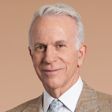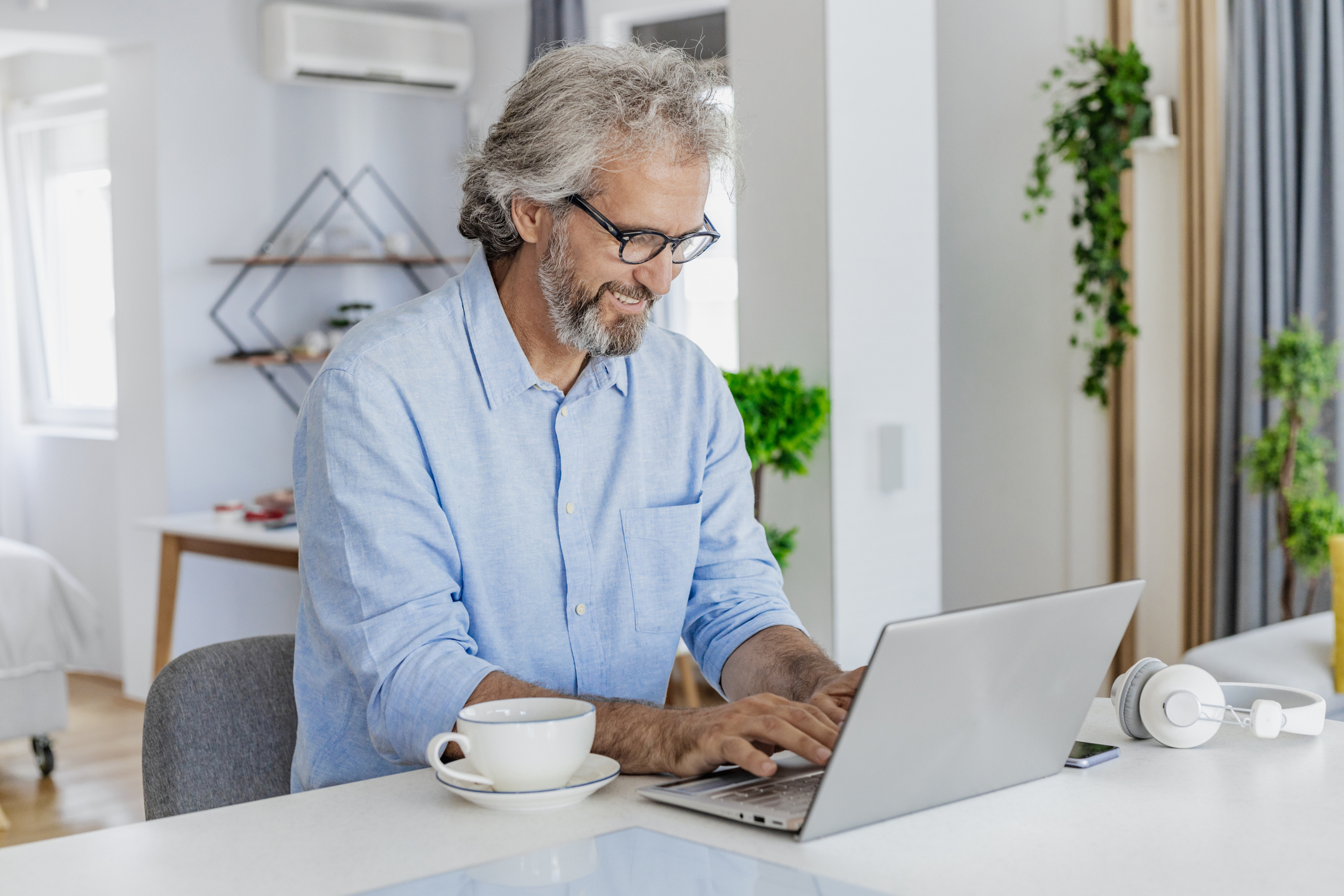4 Types of Investments to Avoid
Sometimes it's what you don't buy that pays off the most in the long run.


This column, like most articles about investing, usually tells you where to put your money—which stocks, bonds, sectors or asset classes are likely to yield superior returns in the future. What the pundits typically ignore is where not to put your money. Which investments should you shun? But I take up the challenge and identify four categories that you should avoid.
High-fee funds. Stay far away from mutual funds that charge exorbitant fees. A recent study found that 92% of mutual funds that focus on large U.S. companies failed to beat their benchmark, Standard & Poor’s 500-stock index, over the 15-year period that ended in 2016. The common media take on this story ran along the lines of “Index Funds Beat Managed Funds” or “Algorithms Vanquish Humans.” The real lesson is simpler: Because relatively few actively managed funds can top the benchmark (especially in the area of large-capitalization stocks), and because it’s difficult to guess which active funds will win, you should invest in funds that require you to forfeit the least for the privilege of owning them.
On average, actively managed large-cap U.S. stock funds charge 1.19% annually for expenses. But many good ones are considerably cheaper. Two of my longtime favorites in that category are Dodge & Cox Stock (symbol DODGX), which charges 0.52%, and Mairs & Power Growth (MPGFX), which charges 0.65%. (Both are members of the Kiplinger 25.) Another solid fund, Primecap Odyssey Stock (POSKX), charges 0.67%. Fidelity Contrafund (FCNTX), which I have called the best mutual fund on the planet, charges 0.68%.
From just $107.88 $24.99 for Kiplinger Personal Finance
Become a smarter, better informed investor. Subscribe from just $107.88 $24.99, plus get up to 4 Special Issues

Sign up for Kiplinger’s Free Newsletters
Profit and prosper with the best of expert advice on investing, taxes, retirement, personal finance and more - straight to your e-mail.
Profit and prosper with the best of expert advice - straight to your e-mail.
The past is not necessarily predictive, so it is hard to decide whether an expense ratio of 0.6% or 0.7% is worth it. But the effect of fees on returns over time is sobering. Vanguard uses a calculator to illustrate this on its website. In plugging in numbers, I assumed Fund A charges 1.2% and returns 8% before expenses annually. Over 10 years, expenses devour 25.8% of total returns. Over 25 years, you give up 36.4%. By comparison, Fund B, which charges 0.6% and earns the same amount before fees, consumes 10.8% of profits in 10 years and 16.3% in 25 years. An index fund that charges 0.05% (again, with the same return) will eat up only 0.9% in 10 years and 1.5% in 25 years.
My own preference is to put some, but not all, of my portfolio into low-fee actively managed funds. What is clear is that high-fee funds of any sort are disastrous investments.
Precious metals. Gold, silver, platinum and the like may be precious metals, but they aren’t precious investments. It’s fine to wear them but not to rely on them for retirement. The case for gold, in particular, is that it’s a good hedge against market and political turmoil and inflation. The yellow metal filled that role admirably in 2008, when it rose about 5% as the S&P 500 was sliding 37%. But most of the rest of the time, gold has been a lousy investment. Between June 30, 2009, when the Great Recession ended, and April 30, 2017, iShares Gold Trust (IAU), a low-expense exchange-traded fund that owns bullion, gained a total of 34%. Over the same period, the S&P 500 returned 206%. (Unless otherwise indicated, all returns are through April 30.)
When you buy commodities, you are betting on things. But when you buy shares in a software developer or a restaurant chain, you are betting on the human imagination, which is the force that has added value to companies (and their shares) for centuries. A commodity sitting in a vault adds no value at all. Its price may rise with inflation, but good businesses can boost their prices, too. “All that glisters,” wrote Shakespeare, “is not gold.” Human capital glitters a lot more.
Bad actors. Readers may remember that I recommended the shares of the four largest U.S. banks in the October 2016 issue. Almost immediately, reports surfaced that one of them, Wells Fargo (WFC, $54), had been involved in a massive scandal involving the creation of 2 million fake accounts. At the start, Wells handled the matter horribly, abusing whistle-blowers and firing more than 5,000 employees, many of whom had been under intense pressure to commit fraud in the first place. Right after the initial reports, I withdrew my endorsement of the stock. If I had owned it, I would have sold it.
Wells stock has actually risen since news of the scandal emerged, but only by about 8%. Its three peers, led by Bank of America (BAC, $23), are up by a lot more. Short-term increases, however, aren’t the point. “Mistakes and individual misbehavior, I can tolerate,” I wrote on Kiplinger.com after the scandal broke, “but systemic fraud, I can’t. It’s rarely an isolated event. Why own this tainted company when there are so many good ones out there?” (For another take on Wells Fargo, see Parnassus: Investing With a Conscience.)
The stock market is not a courtroom. Investors don’t have to prove a company guilty in order to pronounce sentence. I have zero patience with companies that deceive shareholders, government officials or the general public. You should cut such miscreants loose immediately.
Airlines. In 1994, Warren Buffett was asked why he had invested in USAir. He answered, “Temporary insanity.” He went on to explain: “There’s no worse business of size that I can think of than the airline business. You’re selling a commodity product with ... huge fixed costs. It’s a terrible business.” He reiterated the point in the 1996 letter to shareholders of his company, Berkshire Hathaway (BRK.B, $165). He wrote: “I have an 800 number now which I call if I ever get the urge to buy an airline stock. I say, ‘My name is Warren. I’m an air-aholic,’ and then they talk me down.”
The big problem with airlines is competition—not just among the incumbents but from potential new entrants, which have low barriers to getting into the game. “You really couldn’t create another railroad,” Buffett’s partner, Charlie Munger, has said, but “you could create another airline. And that’s what I don’t like about it.”
Airlines, like gold, are commodity products. They’re all pretty much the same, with consumers buying seats almost completely on the basis of price. The risk is that, to grab customers, airlines have to keep trying to undercut competitors. Profits depend mainly on factors largely outside the control of the companies, such as the cost of jet fuel. In general, you should avoid highly competitive industries, including discount retailing, chemicals and steel. Look instead for companies that have some kind of moat—patents or a process that’s hard to copy or a powerful brand or reputation—to protect them from rivals. Examples of companies with moats that I like include Amgen (AMGN, $163), Coca-Cola (KO, $43) and Facebook (FB, $150).
As it turns out, it has been a decent decade for airline stocks. One big factor was the drop in oil prices. Also, as the economy has recovered, the airlines have resisted the urge to add more planes; the result has been fuller flights. Airline shares returned an annualized 8.7% over the past 10 years, about 1.5 percentage points per year more than the S&P 500. But, of course, rising stock prices can be a signal to stay away. Buffett, however, could not resist. He fell off the wagon last year and bought between 7% and 8.4% of the outstanding shares of three airline stocks: Delta (DAL, $45), Southwest (LUV, $56) and United Continental (UAL, $70). Go figure.
James K. Glassman is a visiting fellow at the American Enterprise Institute. His most recent book is Safety Net: The Strategy for De-Risking Your Investments in a Time of Turbulence. He owns none of the stocks mentioned.
Profit and prosper with the best of Kiplinger's advice on investing, taxes, retirement, personal finance and much more. Delivered daily. Enter your email in the box and click Sign Me Up.

-
 What to Do If You Plan to Make Catch-Up Contributions in 2026
What to Do If You Plan to Make Catch-Up Contributions in 2026Under new rules, you may lose an up-front deduction but gain tax-free income once you retire.
-
 If You'd Put $1,000 Into Lowe's Stock 20 Years Ago, Here's What You'd Have Today
If You'd Put $1,000 Into Lowe's Stock 20 Years Ago, Here's What You'd Have TodayLowe's stock has delivered disappointing returns recently, but it's been a great holding for truly patient investors.
-
 How to Max Out Your 401(k) in 2026 (New Limits are Higher)
How to Max Out Your 401(k) in 2026 (New Limits are Higher)In 2026, the maximum contribution limits for 401(k) plans have increased, giving you an excellent shot at maximizing your retirement savings.
-
 Stocks End Volatile Year on a Down Note: Stock Market Today
Stocks End Volatile Year on a Down Note: Stock Market TodayAfter nearing bear-market territory in the spring, the main market indexes closed out the year with impressive gains.
-
 Stocks Extend Losing Streak After Fed Minutes: Stock Market Today
Stocks Extend Losing Streak After Fed Minutes: Stock Market TodayThe Santa Claus Rally is officially at risk after the S&P 500's third straight loss.
-
 Best Mutual Funds to Invest In for 2026
Best Mutual Funds to Invest In for 2026The best mutual funds will capitalize on new trends expected to emerge in the new year, all while offering low costs and solid management.
-
 Santa Claus Rally at Risk as Tech Stocks Slump: Stock Market Today
Santa Claus Rally at Risk as Tech Stocks Slump: Stock Market TodayThe Nasdaq Composite and Dow Jones Industrial Average led today's declines as investors took profits on high-flying tech stocks.
-
 Gold and Silver Shine as Stocks Chop: Stock Market Today
Gold and Silver Shine as Stocks Chop: Stock Market TodayStocks struggled in Friday's low-volume session, but the losses weren't enough to put the Santa Claus Rally at risk.
-
 The Santa Claus Rally Officially Begins: Stock Market Today
The Santa Claus Rally Officially Begins: Stock Market TodayThe Santa Claus Rally is officially on as of Wednesday's closing bell, and initial returns are positive.
-
 'Humbug!' Say Consumers, Despite Hot GDP: Stock Market Today
'Humbug!' Say Consumers, Despite Hot GDP: Stock Market Today"The stock market is not the economy," they say, but both things are up. Yet one survey says people are still feeling down in the middle of this complex season.
-
 Stocks Rise to the Spirit of the Season: Stock Market Today
Stocks Rise to the Spirit of the Season: Stock Market TodayInvestors, traders and speculators are beginning to like the looks of a potential year-end rally.